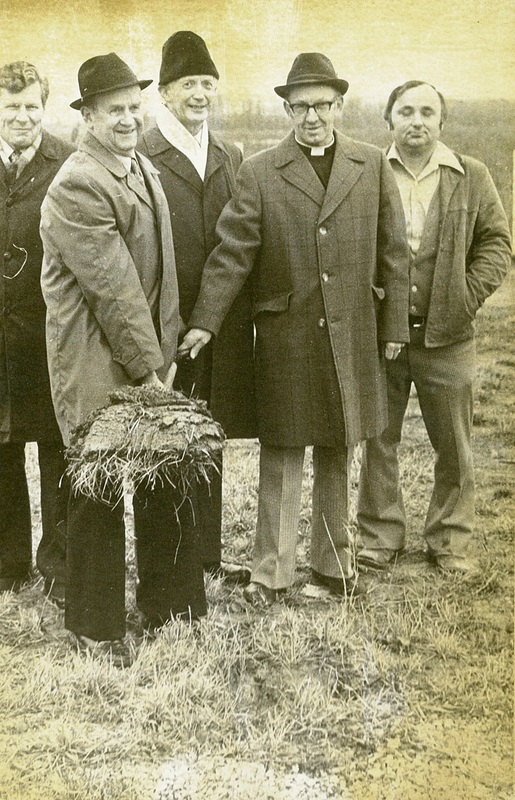The United Brethren Denomination
The United Brethren, as a denomination, had its roots in Lancaster, Pennsylvania. It was started about 1776 by two German gentlemen – Philip Otterbein and Martin Boehm – who met during a revival meeting in a barn near Lancaster. The two main themes of the denomination focused on personal assurance of salvation and separation of personal lives from worldliness. The people were humble and zealous. There was a lot of interest in evangelism of the community and the world to promote their faith. Missionaries, such as Rev CE Price, were sent out in 1853-1855 to various places including Upper Canada (later known as Ontario). Many of the services were held in barns, houses or schools since there were very few churches available at the time.
The Wesleyan Methodists were granted permission during or just prior to 1863 to build a church on part of land owned by Christian Sherk on the lot, North and East of the corner of Wilhelm Road and Highway #3. By 1877, the United Brethren group had arranged to own a share of this church.
The United Brethren group shared the church building with the Wesleyan Methodists from 1870 through 1881 when the Methodists decided to move to a new church. The United Brethren group bought out the Wesleyan portion of the chapel on the Highway and everything went smoothly for several years until some major theological concerns arose within the United Brethren Denomination in 1889. These issues led to the division of the church into two groups – the Liberals (who gained the property rights to the church) and the Radicals (who were a more conservative group). Both groups continued to worship in the Sherkston chapel (at different times) until 1896. There were differences in opinion between the two groups regarding sobriety, church attendance and participation in secret societies (such as the Masons).
In 1896, the Liberals, who owned the building, decided that they had had enough of the Radicals using their church. So one burly Liberal member stood in the doorway with a wood plank across the opening and prevented the Radicals from entering the church for their meeting. The Radicals met in a temporary church building until they could build their own church on a lot at the corner of Empire Road and Sherkston Road. Their church was completed in the Spring of 1897, is still there today, and known as Grace United Brethren Church.
The United Church of Canada Denomination
The Liberals associated with the Congregational Denomination in 1906 and remained part of that group until it joined with the United Church movement in 1925 (when the Congregationalists, the Methodists and the Presbyterians formed this new denomination). The First United Church of Sherkston continued to meet in the original church (built in 1863) until it burned to the ground in 1974.
The congregation was adamant about rebuilding the church and community support was strong.
Not only was the main church rebuilt (in 1975) but a church hall was also attached. The mortgage on this new structure was paid off by 1980.


